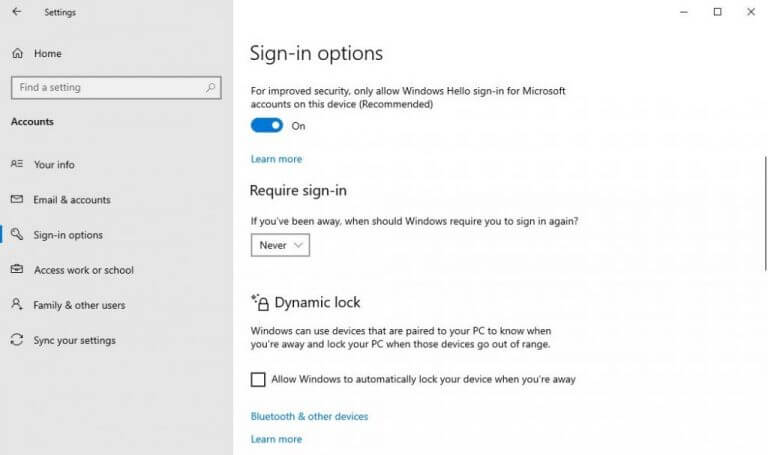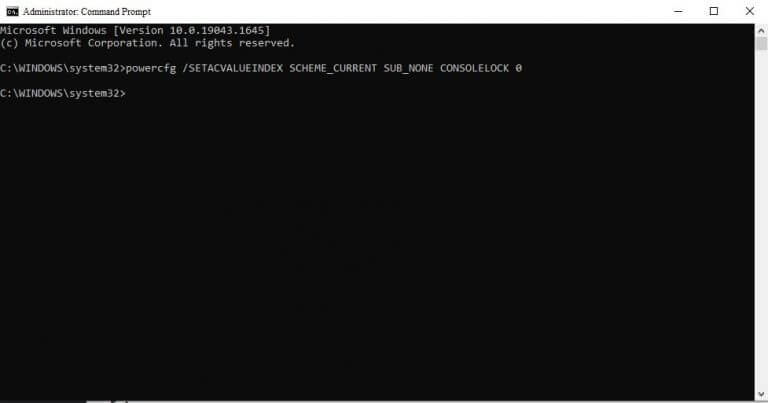Typing out the complete password every time you wake your PC up from sleep mode is overly hectic. It’s also kind of old-school, given that we’ve had the ability to set up the PIN code for our PC for a while now.
With quick, alternate ways of logging into your PC, you now have the freedom to disable your normal password login—all without compromising on your Windows security. In this article, we take a look at how you can do that. So let’s jump right in.
How to turn off password-on-wake in Windows 10 or Windows 11
The simplest way to remove your password-on-wake is through the Settings menu. To open Windows Settings, head to the Start menu, type in ‘settings,’ and select the best match. The Settings app will be launched.
From there, select Accounts > Sign-in options. In the next menu, select If you’ve been away, when should Windows require you to sign in again?, and click on Never.
Do this and from the next time onwards, your system won’t ask you about your credentials when you wake up the PC from sleep.
Use Command prompt
You can also do the same thing with Command prompt, the default command line interpreter deigned to take user text-based input. Here’s how:
Go to the Start menu search bar, type in ‘cmd,’ and run the command prompt as an administrator.
On the command prompt, type in powercfg /SETDCVALUEINDEX SCHEME_CURRENT SUB_NONE CONSOLELOCK 0 and hit Enter.
Do this and the password-on-wake feature for a sleep mode will be removed.
Group Policy Editor
If none of the methods from above did the work, though, don’t lose hope. You can still rely on the Group Policy editor.
The Group Policy is a Windows system that gives you control of a host of advanced settings. Group Policy Editor, then, is a tool that lets you tweak these settings. It’s also important to know that Group Policy Editor is only available in Pro and Enterprise edition of Windows 10. Here’s how you can edit it:
- Go to the Start menu search bar, type in ‘gpedit,’ and select the best match.
- Navigate to the following path in the Editor:
Computer Configuration > Administrative Templates > System > Power Management > Sleep Settings. - Now double-click on Require a password when a computer wakes (on battery) policy.
- Select the Disable option and click on OK.
Similarly, click on the Require a password when a computer wakes (Plugged in) policy, select the Disable radio box and click on OK. The password-on-wake feature will be disabled by these steps.
Turning off password-on-wake in Windows 10 or Windows 11
If you’re working on a personal computer at your own schedule, you most probably really don’t need the password-on-wake feature. With one of these methods, you can turn off the feature in your Windows computer. Hopefully, one of these methods from above did the trick for you.




